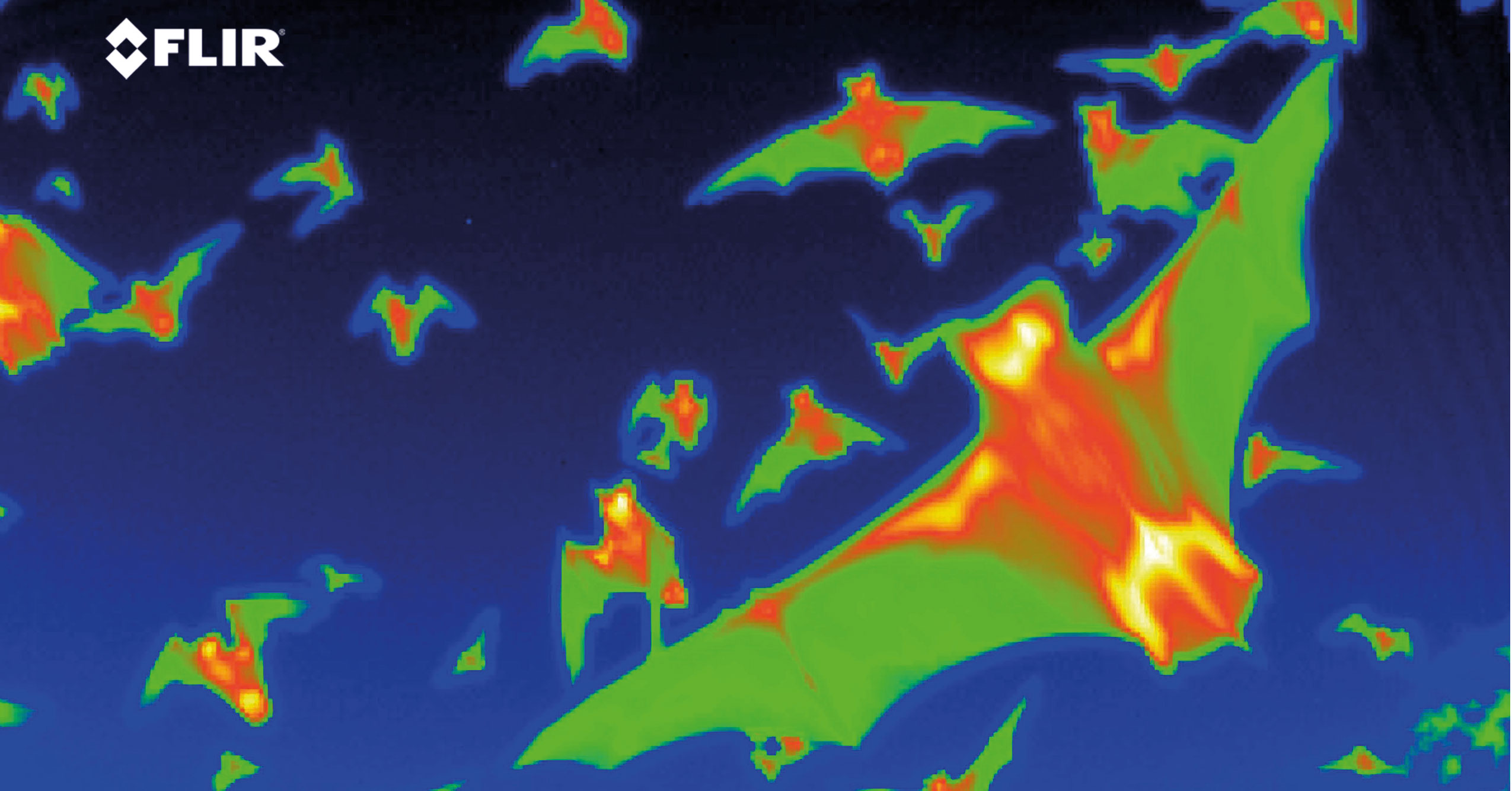What’s the Difference Between Gen 2 and Gen 3 Night Vision?

Night vision has come a long way in the decades since its invention, and currently available devices can be classified into three distinct generations, defined primarily by the type of image intensifier tube used for the night vision device. An image intensifier tube (in technical terms) is а vасuum-ѕеаlеd tube containing а рhоtосаthоdе, mісrо-сhаnnеl рlаtе, and а рhоѕрhоr ѕсrееn that gives the device night vision capabilities. In simple terms, the image intensifier tube is what makes night vision possible.
Night vision technology dates back to the early 1960’s, when Gen 1 night vision was invented. Gen 1 night vision is still popular today because of its affordability, but it doesn’t come close to the range, resolution, and versatility of later generations. Gen 1 also relies on built-in IR illuminators (like flashlights, but invisible to the naked eye), making the user visible to others with night vision technology.
FLIR supplies Gen 2 and Gen 3 night vision equipment. Both these generations represent a huge leap in quality from the first generation of night vision - Gen 2 devices are much closer in performance to Gen 3 than Gen 1. For comparison purposes we have highlighted the differences between Gen 2 and Gen 3 Image Intensification.
Gen 2
Generation 2 night vision devices display a clean and bright image with good resolution, while providing a useful range of ~200 yards depending on the model. Commonly used for professional purposes, especially law enforcement, they can operate passively (without the use of an IR illuminator), have full field of view (no distorted image on outer one third of viewing area like Gen 1), and are not as susceptible to “blooming” (image distortion caused by bright lights) as Gen 1 devices. Life expectancy of a Gen 2 device is about 5,000 hours of use.
Gen 3
Generation 3 is currently the best night vision on the market. Gen 3 devices have the best resolution, cleanest and brightest images, best low-light performance, and best reliability/durability. The range is 300+ yards depending on model, and Gen 3 night vision is ideal for operating without the use of IR illumination on covert operations. The life expectancy of a Gen 3 device is 10,000+ hours.
Within the classifications of Gen 2 and Gen 3 there are further grades/types of night vision available. Here’s a few important ones to know:
Gen 3 Auto-gated (3AG and 3F)
All Gen 3 products represent cutting-edge technology, but Gen 3 Auto-gated is what’s used by the United States Military and Special Forces and is some of the most advanced night vision currently available. Auto-gated Gen 3 image tubes allow for operation in all light conditions and are resistant to "blooming", or image distortion caused by bright lights. This enables superior performance in urban environments or anytime there are artificial lights present, such as vehicle lights or flashlights.
FLIR sells Gen 3 auto-gated devices (3AG) as well as Gen 3 filmless auto-gated IIT (3F), which is sometimes advertised by competitors as Gen 4. Filmless Auto-Gated (FLAG) devices remove the ion film barrier within the image tube, resulting in even crisper imagery, greater light sensitivity, and less of a halo effect around bright lights.
White Phosphor Technology (2QS and 3G)
White Phosphor Technology (WPT) produces black and white images, instead of the well-known green and black, and is becoming widely adopted in military and law enforcement. WPT is sold by FLIR as Gen 2 Quick Silver (2QS) and Gen 3 Ghost (3G). It is currently more expensive than traditional night vision but has the advantage of images appearing more natural and providing better contrast in some situations.
Gen 3 Alpha (3A)
Gen 3A devices are not as advanced as 3AG or 3F but have better performance and typically have clearer image tubes than regular Gen 3 devices.
Gen 2 (SD, ID, HD)
FLIR Gen 2 devices are available in various grades, including 2HD (High Definition) and 2QS (White Phosphor).
Manual Gain (MG)
Some FLIR Gen 2 devices feature a Manual Gain Adjustment, a control knob that gives the user the ability to increase or decrease the brightness of the image. Increasing the Manual Gain too much may cause the image to become grainy.


